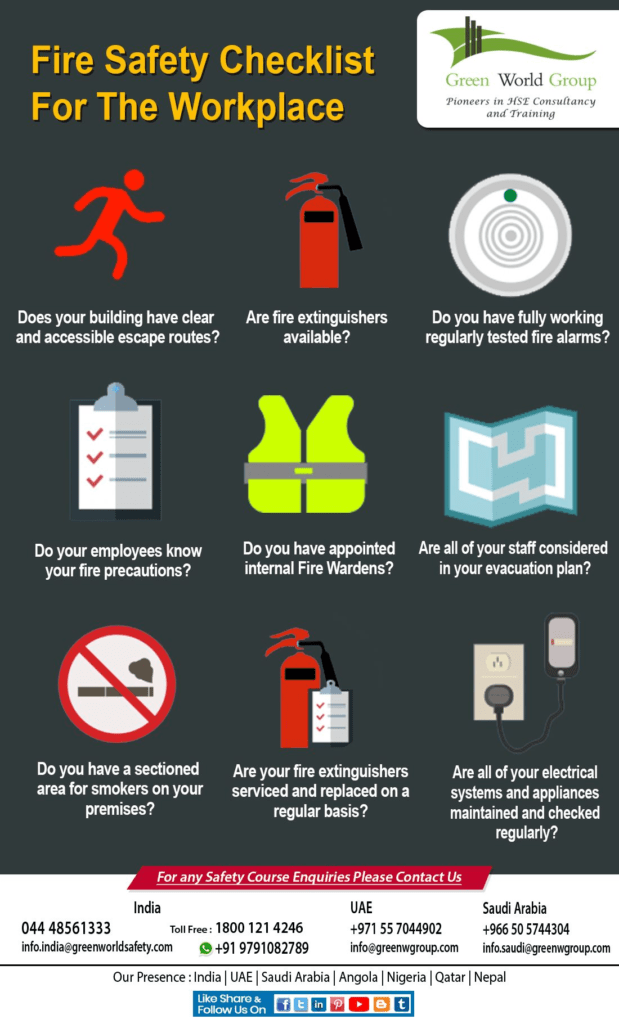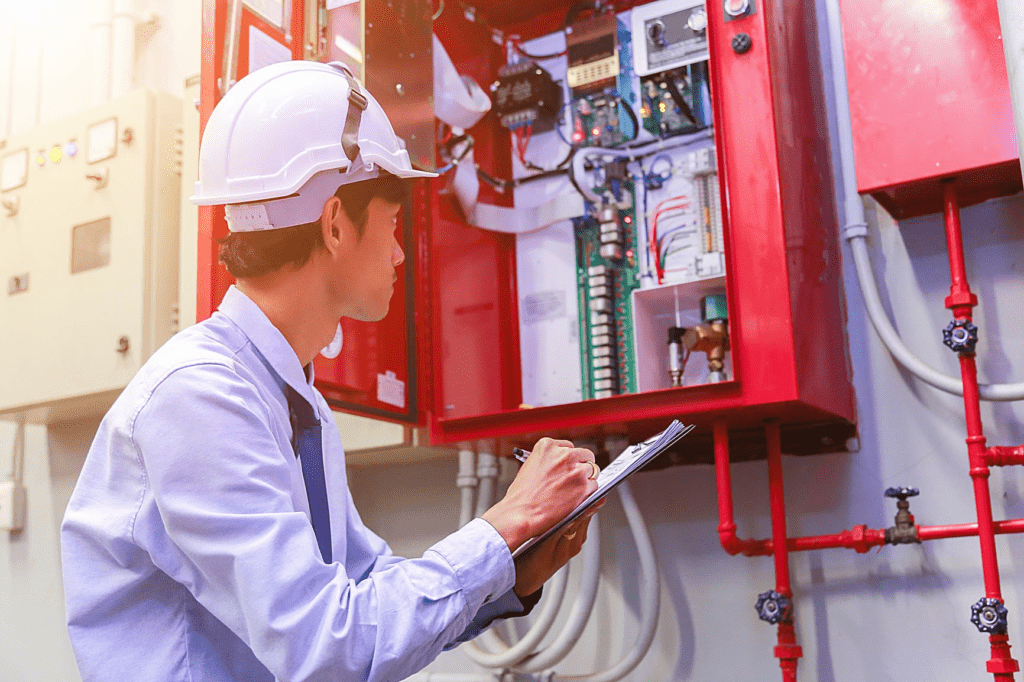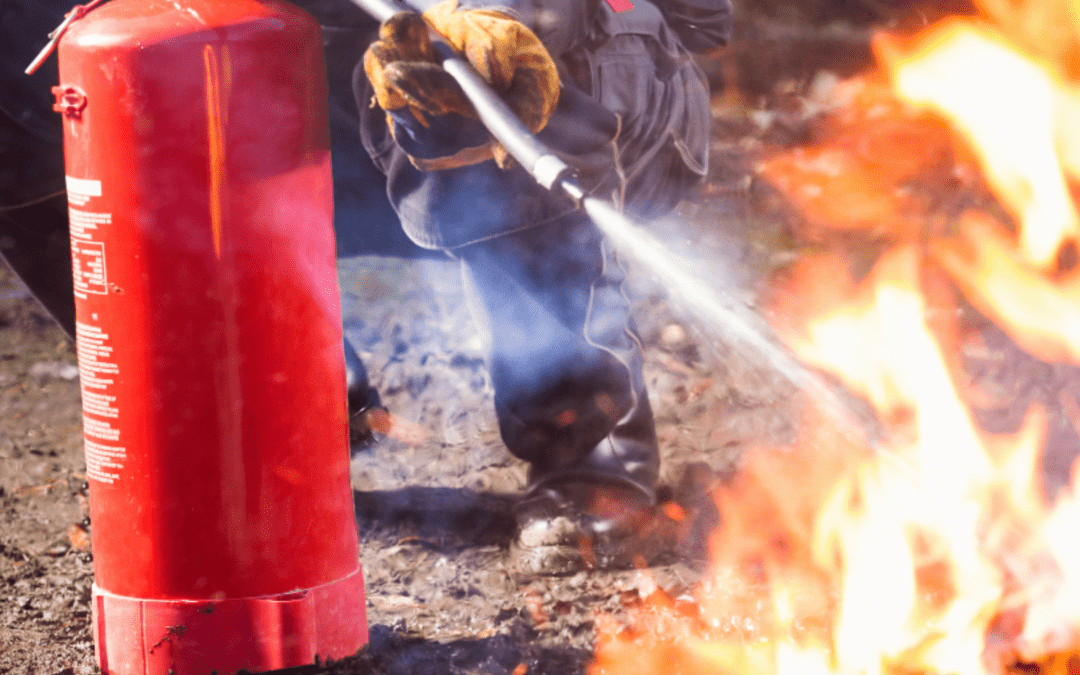INTRODUCTION:
Fire safety is important and necessary in the workplace in order to prevent and protect against the destruction caused by fire.
Fire safety reduces the risk of injury and building damage that fires can cause. Developing and implementing fire safety protocols in the workplace is not only required by law but it is crucial to everyone’s safety that may be in the building during a fire emergency.
Fire safety is important in order to:
- Reduce the risk of injury to employees and customers
- Reduce damage to facility/building
- Protect against possible fines
- Protect against losing customers’ trust
- Protect employee jobs that would be lost due to extensive building damage
Lighting and HVAC systems account for up to 75% of total energy consumption. As a result, any design option that lowers the cost of these systems is always preferred. Variable refrigerant flow systems and LED lighting may help reduce expenses, but optimizing the building itself would be more effective.
7 Most important fire safety measures in buildings for fire prevention:

The importance of fire safety in buildings must be taken seriously. If you are uncertain what the most important fire safety measures for prevention are in your multi-site retail stores, restaurants, grocery stores, big box stores, or distribution centers, AIE’s team of experts has detailed the Top 7 Fire Safety Features for Prevention:
- Building Access & Emergency Evacuation Routes
- Fire Safety Exit Signs & Fire Alarms
- Practice Good Daily Habits
- Preventative Inspections & Maintenance
- Train Staff on Workplace Fire Prevention & Safety Measures
- Choose Nationwide Fire Protection Companies
- Partner with a Preventative, Full-Service Fire Safety Company
Fire Safety in the Workplace:

The importance of fire safety in the workplace is overlooked. Due to the number of workplaces surrounded by ingredients and materials that will quickly ignite a fire, it is necessary for fire safety to be discussed.
Discussions regarding fire safety foster an understanding of fire hazards and the three necessary ingredients to ignite a fire – heat, fuel, and oxygen. After educating employees on these ingredients and hazards, hazards become more easily visible around the workplace and are more likely to be handled, reducing the overall risk of fire.
Educating employees is important in the overall goal of fire safety in the workplace but another important measure is to devise a fire prevention plan. This prevention plan will provide a specific description of each employee’s responsibilities in identifying combustible materials, existing fire hazards, and heat-producing equipment. It is a necessary piece to preventing workplace fires.
Fire safety preparation, education, and prevention is a small price to pay versus the alternative losses that fire brings. The risk for businesses is high when employees and customers alike are at risk.
Preventive Maintenance:

Proper housekeeping techniques, maintaining emergency and exit lighting, and enlisting the help of a licensed and certified fire protection company are all part of preventative maintenance. Keeping a clean workplace, free of hazards, will greatly reduce the likelihood for a workplace fire.
Additional preventative measures include:
- Properly serviced machinery
- Storing chemicals
- Immediate clean up of chemical spills, oil or any other combustible materials.
- Free and clear hallways and fire exits
- Trash is properly contained
- Sprinklers and extinguishers are free and clear of blockage
Why Fire Safety Requirements for Buildings?

Brunswick Engineering, a company registered in the states of NJ, NY & PA, offers Mechanical, Electrical, Plumbing & Fire Protection Engineering design services to both the public and private sectors. With a team of Registered Professional Engineers, LEED Accredited Professionals, Design Engineers, and CAD Draftsmen/Technicians, Brunswick Engineering is committed to delivering high-quality MEP services in line with sustainable building practices.

